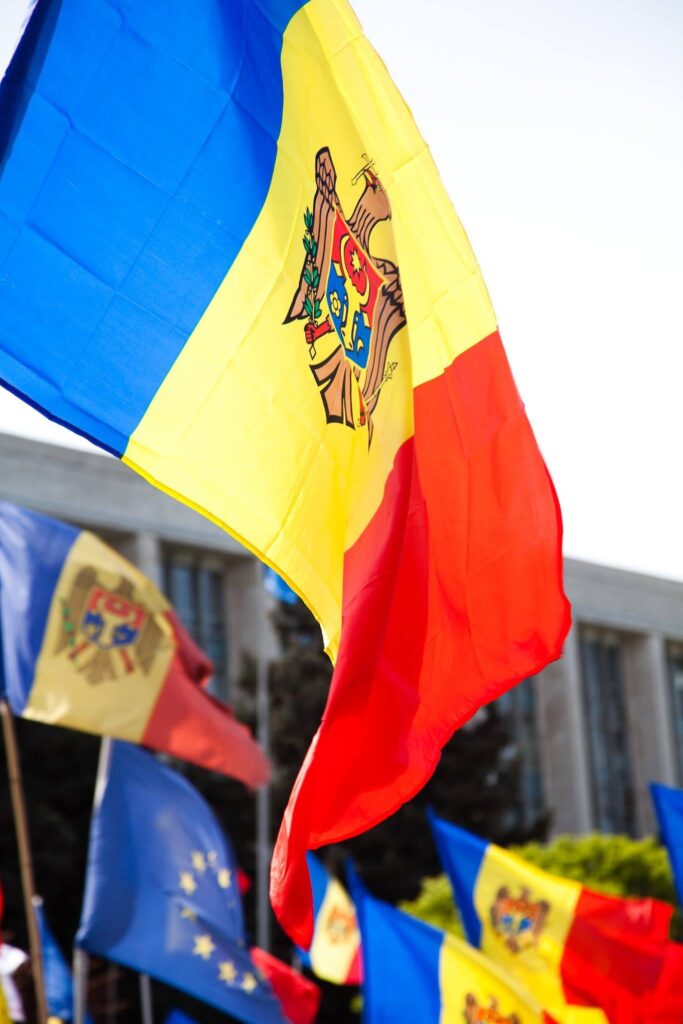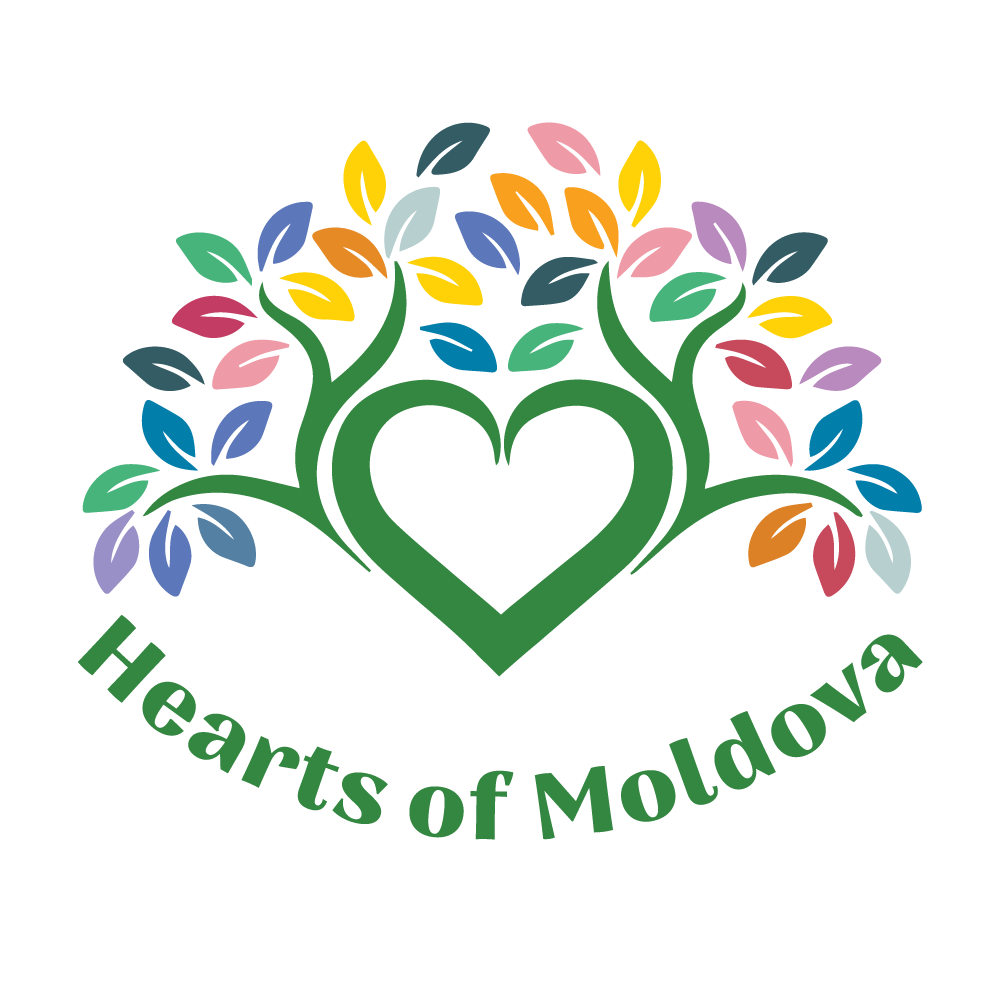Moldova, one of Europe’s poorest and largely undiscovered countries, is located in Eastern Europe, bordered by Romania to the west and Ukraine to the east. With a population of approximately 2.4 million, Moldova is home to a rich diversity of ethnic groups, including Ukrainians, Gagauz, Roma, Russians, and Bulgarians. Around two-thirds of its population is of Romanian descent, reflecting the country’s deep cultural and historical ties with Romania.
Approximately 24.5% of the population—around 640,700 people—live below the poverty line.
Additionally, 25.2% of the population, or about 610,700 individuals, are aged 60 and above. Many elderly citizens depend on modest monthly pensions ranging from 115 to 170 euros and, during harsh winters, often face the difficult choice between heating their homes or affording basic necessities like food.
In 1992, Moldova faced conflict with the breakaway region of Transnistria, a dispute that led to lasting instability and continues to challenge the country’s territorial integrity. Transnistria remains a Russian-backed separatist region, complicating Moldova’s geopolitical position and its path toward greater stability.
In 2020, Moldova elected a president with a clear pro-European agenda, signaling a decisive break from Russian influence and highlighting the country’s continued emergence from the shadow of its Soviet past.
Today, Moldova is firmly committed to pursuing European Union membership, with aspirations to join the bloc by 2030.
The official language of Moldova is Romanian.

